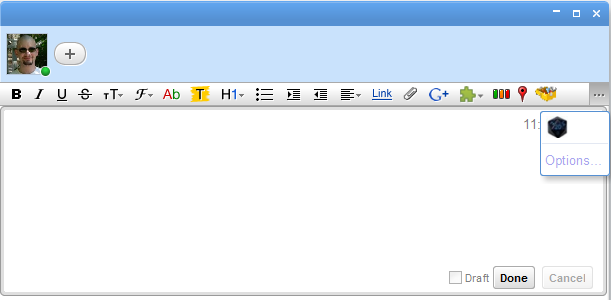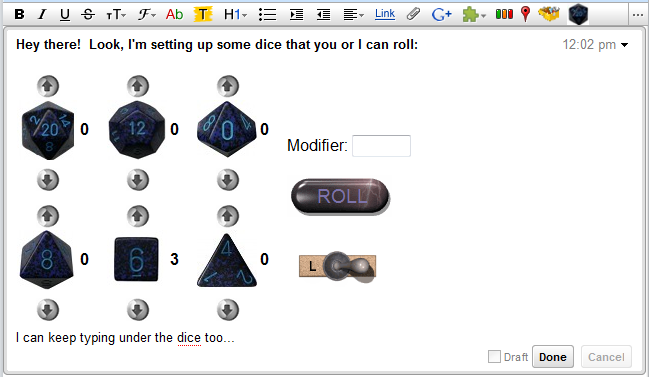A game is a closed, formal system that engages players in structured conflict and resolves in an unequal outcome.
Tracy Fullerton, Chris Swain, and Steven Hoffman
Ask ten game designers what a game is, and you’ll likely hear ten definitions. But if there’s a game that embodies this one, it’s Osmos, a downloadable indie game in which you control one cell-like mote among many drifting in a Petri-dish-like environment.
The mechanics of the game are simple: a mote moves by ejecting a bit of its mass as a smaller mote behind it, and when two motes come into contact, the larger begins to absorb the smaller. The combination of these mechanics creates some fun situations. Two of my favorites:
- When fleeing from a larger mote, your ejected material will often end up making it a bigger threat in the process.
- When you make a course correction near a wall, you can sometimes reabsorb ejected motes as they rebound.
I can’t think of a recent game that better fits the definition of Fullerton et al.: the bounded environment and strict conservation of mass embody a closed, formal system, while absorption-by-contact is a quintessentially unequal outcome of a structured conflict.
I don’t want to give the impression that Osmos is more academic experiment than actual entertainment, though. It’s also a viscerally enjoyable game, with evocative graphics and a soothing ambient soundtrack. I’m not sure it’ll have a lot of replay value, but Hemisphere Games is offering it for download for the price of a movie ticket, which strikes me as a good deal.




